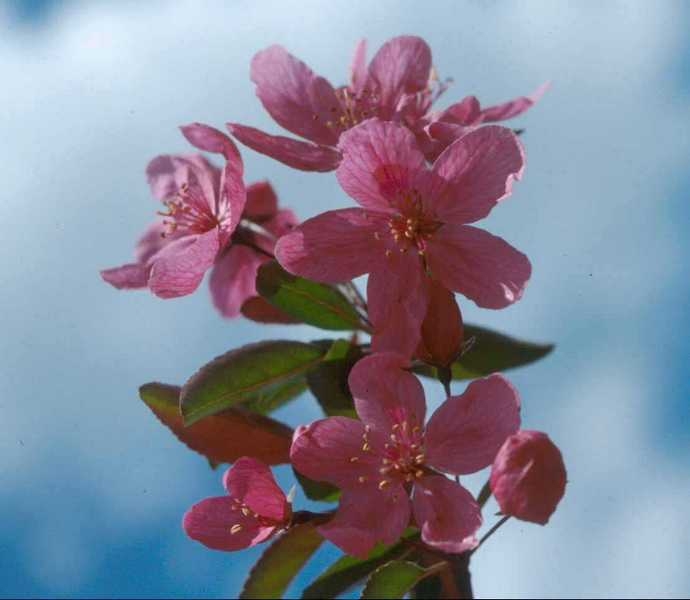Yes, we need more rain but the recent sunny weather has been good for both people and plants. I remember many years ago when we had "The Miracle March" as a local meteorologist called it. It rained for 30 days straight. This was great for the watershed but drowned new emerging roots, starving them of oxygen and causing lots of fungal problems. Let’s hope Mother Nature spreads out the remaining precipitation keeping everyone happy.
Spring begins today. This year, especially, think of gardening as therapy. Every moment you put in your garden is paid back with fresh vegetables and fragrant flowers. Think about it- stir up the soil, plant some seeds and you have flowers and vegetables in a few months. The satisfaction you get from cultivating living things is priceless.
.jpg)
Get started on this free therapy by tending to your garden this week:
Plant low water use plants in place of those that have been struggling. Use your precious time, space and sun to grow the plants you most want to look at, pic or eat. As a reminder, never work with soil that is very wet and keep off your lawn the, too, as this can compact the soil.
Cut back deciduous shrubs and vines except those that flower now in the spring. Don’t prune rhododendrons, camellias, or azaleas until the last flowers have started to open and green growth has started.
Prune frost damaged shrubs if you can tell how far down the die back goes otherwise wait until growth starts in the spring. For your shrubs, test bark for viability by scraping with a sharp knife.
If you are interested in being less of a slave to your lawn, consider reducing the size. If you’ve decided that you don’t need a traditional grass lawn anymore at all, replace it with a sustainable alternative.
Check for early aphids and blast them off with a hose or use no-tozic sprays like horticultural oil or insecticidal soap. Check for snails and slug damage and apply organic iron phosphate bait. Earwigs and sowbugs can be controlled by organic spinosad. Reduce their numbers by eliminating hiding places. Clean out leaf litter and garden debris and use organic iron phosphate bait. Copper pennies in your containers can also deter them.
Get weeds out of the garden early and you’ll save yourself a lot of digging later. Weeds rob your plants of precious moisture and nutrients.
Plant cool season vegetable like peas, chard, spinach, broccoli, cauliflower, cabbage, lettuce, onions and other greens. You can also sow seeds of beets and carrots. The soil is still too cold for tomatoes and other warm season vegetables.
Grow the sweetest strawberries this year by planting them in a bed that receives at least 6 hours of direct sun at midday. Don’t water too much. This can dilute their flavor. You want the soil to be moist but not wet. Don’t apply excess nitrogen fertilizer which causes overly lush growth at the expense of berry production. Also keep beds free of weeds and space each strawberry plant about a foot apart.
Plant a spring flowering tree such as a flowering cherry, dogwood, crabapple or plum or a native western redbud to welcome the new season and make your spirits soar.

 ering crabapples not only for their spring blossoms but for the small fruits that attract birds in the fall and winter and Prairifire is one of the best. Red buds open to bright pinkish red single flowers that cover the 20 foot tall tree. Purple foliage follows which turns bronze green by summer. Fruit is deep red, only 1/4" in size, and hangs well into winter on the tree. This crabapple has excellent disease resistance to scab, cedar-apple rust, mildew and fireblight which sometimes plagues some crabapples. It would make an outstanding ornamental tree in your garden.
ering crabapples not only for their spring blossoms but for the small fruits that attract birds in the fall and winter and Prairifire is one of the best. Red buds open to bright pinkish red single flowers that cover the 20 foot tall tree. Purple foliage follows which turns bronze green by summer. Fruit is deep red, only 1/4" in size, and hangs well into winter on the tree. This crabapple has excellent disease resistance to scab, cedar-apple rust, mildew and fireblight which sometimes plagues some crabapples. It would make an outstanding ornamental tree in your garden.